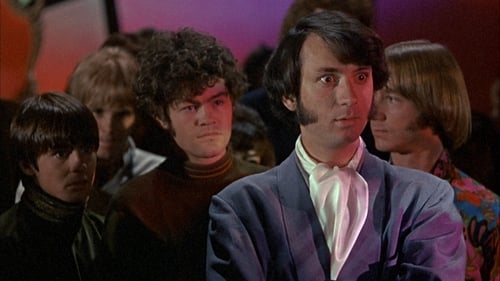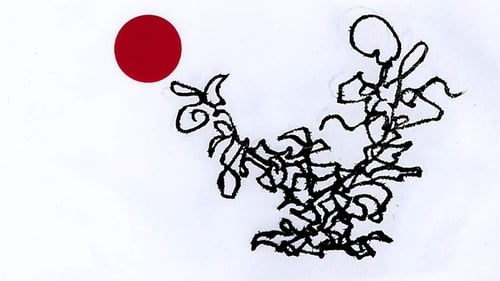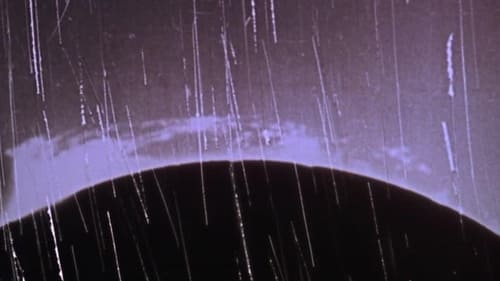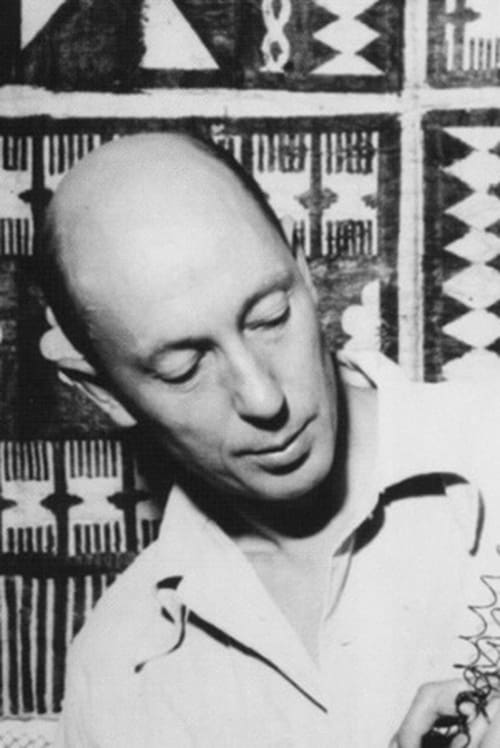Free Radicals (1958)
Жанр : мультфильм, музыка
Время выполнения : 5М
Директор : Len Lye
Краткое содержание
In this powerful abstract film with a soundtrack of African drum music, Lye scratched "white ziggle-zag-splutter scratches" on to black leader, using a variety of tools from saw teeth to arrow heads. The first version of the film won a major award at the International Experimental Film Festival Held in Brussels in 1958 in association with the World's Fair. Stan Brakhage described the film as "an almost unbelievably immense masterpiece".

У 24-летней Ёсики нет бойфренда, зато есть работа в хорошей компании. Но Ёсика - не такая, как все девушки. По ночам она ищет аммониты и всё ещё остро переживает, вспоминая о первой школьной любви, парне по имени Ити. Привычный мирок девушки переворачивается с ног на голову, когда коллега Ни признаётся ей в своих чувствах.

Киноэссе популярной в шестидесятые американской рок-группы The Monkees на такие «жизненно важные» темы, как отношения с девушками, коммерциализация музыки, кинопроизводство и Вьетнам.

In this powerful abstract film with a soundtrack of African drum music, Lye scratched "white ziggle-zag-splutter scratches" on to black leader, using a variety of tools from saw teeth to arrow heads. The first version of the film won a major award at the International Experimental Film Festival Held in Brussels in 1958 in association with the World's Fair. Stan Brakhage described the film as "an almost unbelievably immense masterpiece".

Леао, рабочий-гастарбайтер на лиссабонской стройке, падает в обморок, а обморок оборачивается двухмесячной комой. Мариана, молодая медсестра, ухаживает за пациентом и отправляется сопровождать его в возвращении на родину, на Кабо Верде, где нет нужных медикаментов, но наверняка есть родственники Леао. Мариана пытается раскрыть прошлое неподвижного пациента, оно становится ясным, то вновь запутывается, и заставляет ее каждый день смотреть на жизнь под новым углом. Пробуждение главного героя открывает новый виток спирали.

Десятиминутная история любви с необычными персонажами. Жила-была прямая линия. И однажды случилось так, что она влюбилась в точку. Но точка не отвечала взаимностью воздыхателю. Линия казалась ей слишком простой, и куда приятней точке было общаться с витиеватой загогулиной, более интересной и привлекательной. Но прямая линия не была намерена сдаваться: она попыталась сформировать различные фигуры, начала гнуться в углы. Позже она продемонстрировала свои способности возлюбленной точке, и точка поняла главное — истинная красота происходит из порядка, а загогулина — не ее судьба. Точка и линия гораздо больше подходят друг другу.

Animation using cutout animation to craft a bizarre science fiction experiment. Moving spheres, such as balloons and bubbles, are superimposed on static backgrounds to suggest travel and discovery.

Here the artist creates a world of color, form, movement and sound in which the elements are in a state of controllable flux, the two materials (visual and aural) are subject to any conceivable interrelation and modification.

A creation myth realized in light, patterns, images superimposed, rapid cutting, and silence. A black screen, then streaks of light, then an explosion of color and squiggles and happenstance. Next, images of small circles emerge then of the Sun. Images of our Earth appear, woods, a part of a body, a nude woman perhaps giving birth. Imagery evokes movement across time. Part of the Dog Star Man series of experimental films.

This film, photographed in London, is an exploration into the depths of unconscious reactions.

Utilising an apparently new-found obsession with the colour red and reinvigorating some of the circular imagery of A Man and His Dog Out for Air and 69, Breer delves into the very basis of animation to explore how a variety of easily recognisable objects can be portrayed and manipulated differently using pixillation and classically drawn animation. -Malcolm Turner

Man's rebellion against the world of the digits.

A girl sitting on an autumn leaf-filled sidewalk communicates with a mysterious figure across the street.

In 1944 Lye moved to New York City, initially to direct for the documentary newsreel The March of Time. He settled in the West Village, where he mixed with artists who later became the Abstract Expressionists, encouraged New York’s emerging filmmakers such as Francis Lee, taught with Hans Richter, and assisted Ian Hugo on Bells of Atlantis. Color Cry was based on a development of the “rayogram” or “shadow cast” process, using fabrics as stencils, with the images synchronized to a haunting blues song by Sonny Terry, which Lye imagined to be the anguished cry of a runaway slave. —Harvard Film Archive

100 basic images switching positions for 4000 frames.

We watch white shapes dancing on black background, which changes when the white shape fills up the screen completely, and black lines and figures bounce around on the now white background.

A mathematical play on one repeated movement. It imparts a sense of possibilities: that something simple can produce complex and unexpected patterns. As with an atom, the variety of possibilities from a base movement is potentially infinite.

A depressed man contemplates the imminent end of the world.

Cut up animation and collage technique by Harry Smith synchronized to the jazz of Thelonious Monk's Mysterioso.

An exploration of Rodez Cathedral and its stained glass windows: praying figures and scientific imagery. A study on color, repetition and flickering consisting of 292 photographs.











